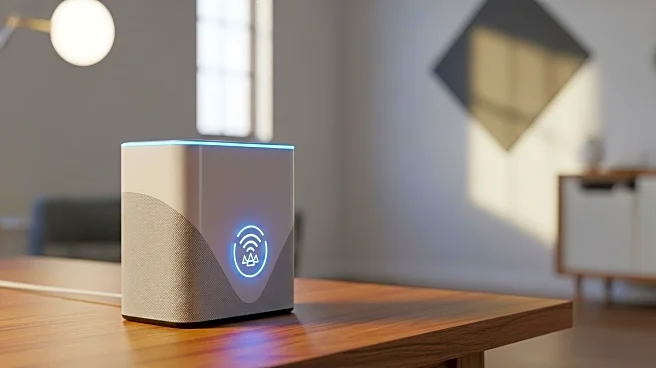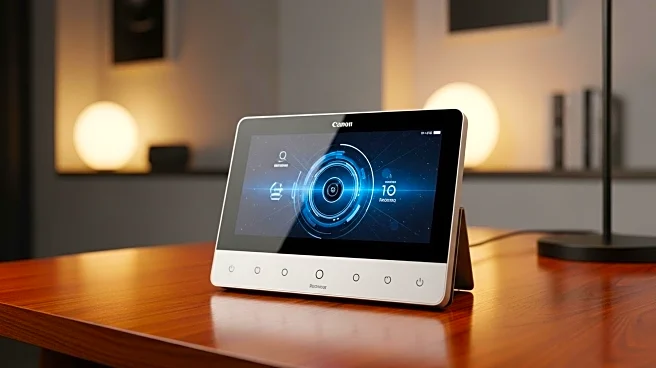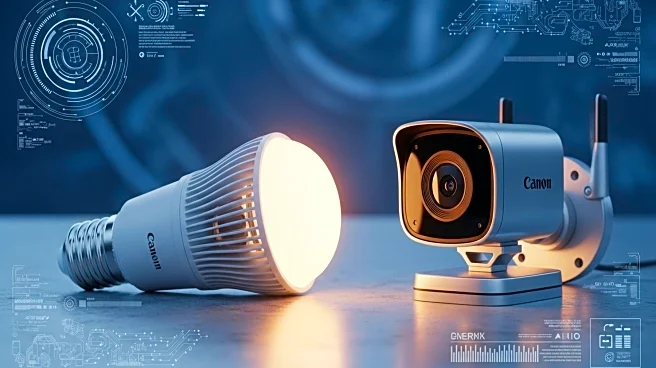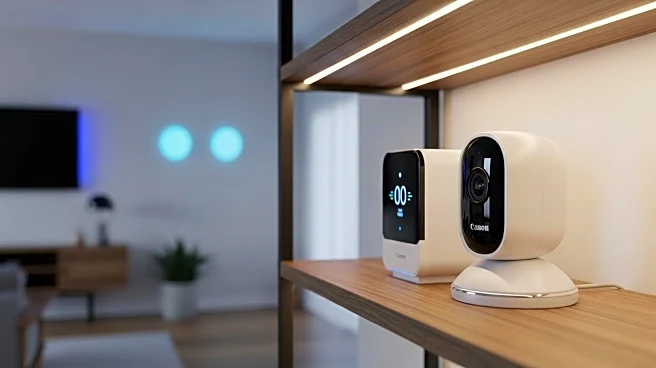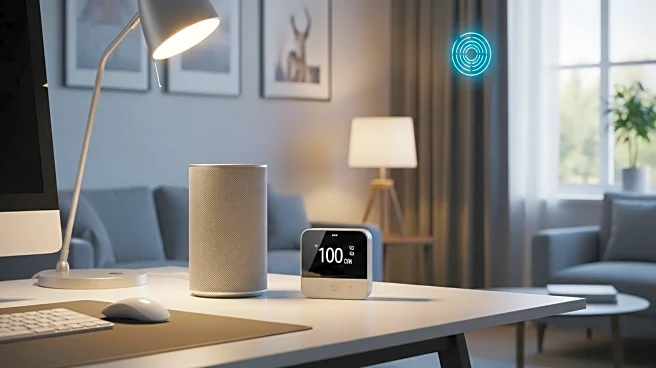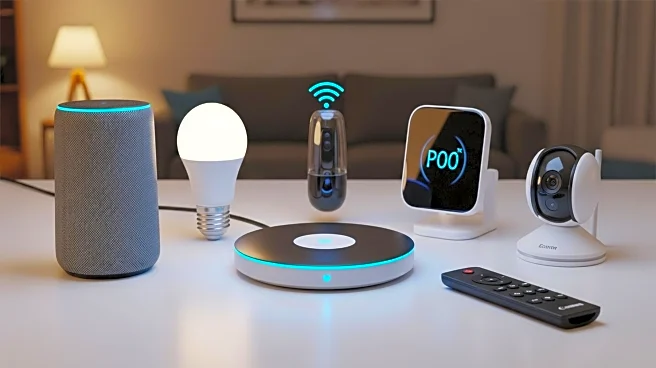What's Happening?
Geofencing technology is increasingly being integrated into smart home devices, allowing users to automate tasks based on their location. This feature uses GPS and location-based data to create virtual boundaries, triggering actions when a user enters or leaves a designated area. In smart homes, geofencing can automate routines such as turning off lights, locking doors, and adjusting thermostats when users leave home. The technology offers convenience and efficiency, enhancing the functionality of smart home systems.
Why It's Important?
Geofencing technology represents a significant advancement in smart home automation, offering users greater control and customization of their home environments. By automating tasks based on location, geofencing can improve energy efficiency and security, potentially reducing utility costs and enhancing safety. As smart home technology continues to evolve, geofencing may become a standard feature, influencing consumer expectations and driving innovation in the industry.
What's Next?
As geofencing technology becomes more widespread, manufacturers may develop new applications and features to enhance its capabilities. Consumers may increasingly adopt smart home devices that support geofencing, driving demand for compatible products. Additionally, the integration of geofencing with major platforms like Alexa and Google Home could lead to more seamless and intuitive smart home experiences.
Beyond the Headlines
The use of geofencing raises important questions about privacy and data security, as it requires sharing location information with apps and companies. Consumers may need to weigh the benefits of automation against potential privacy concerns, influencing their adoption of smart home technology. As the industry addresses these issues, it may lead to new standards and regulations governing the use of location-based data.
